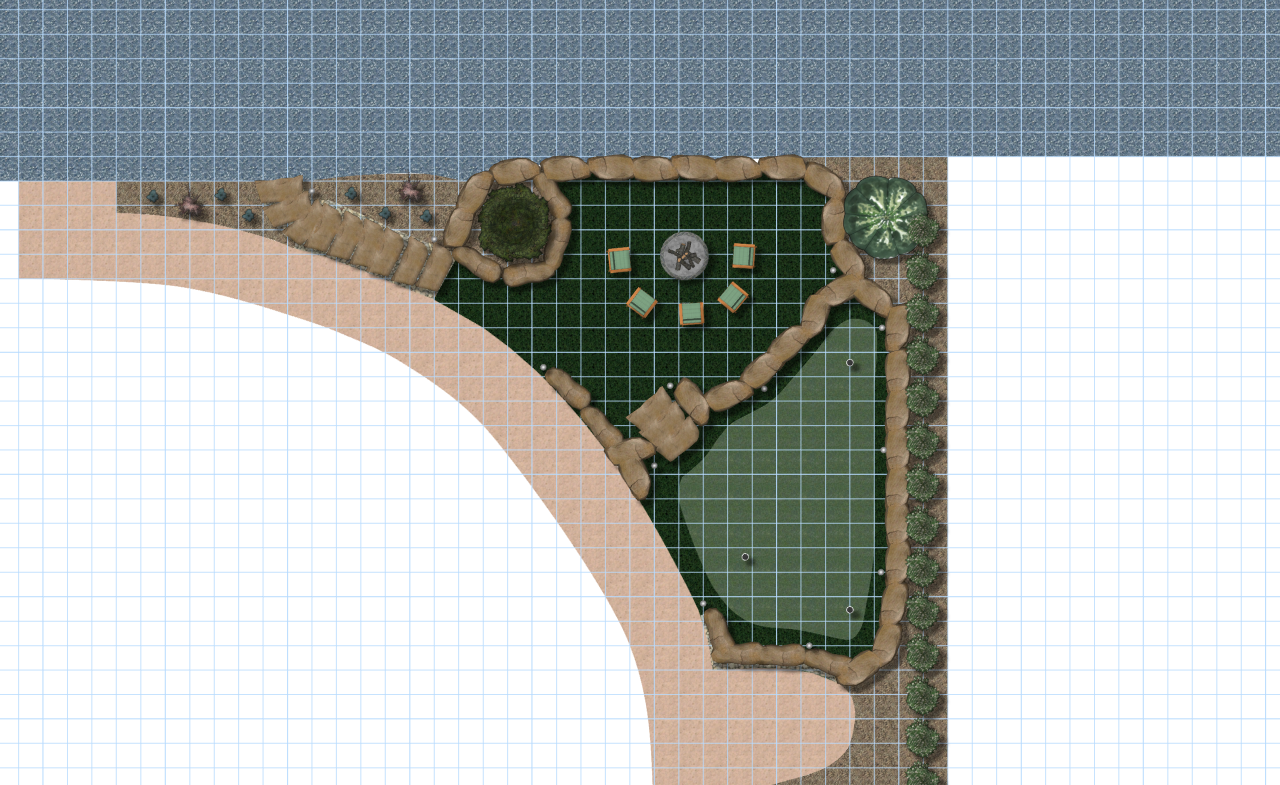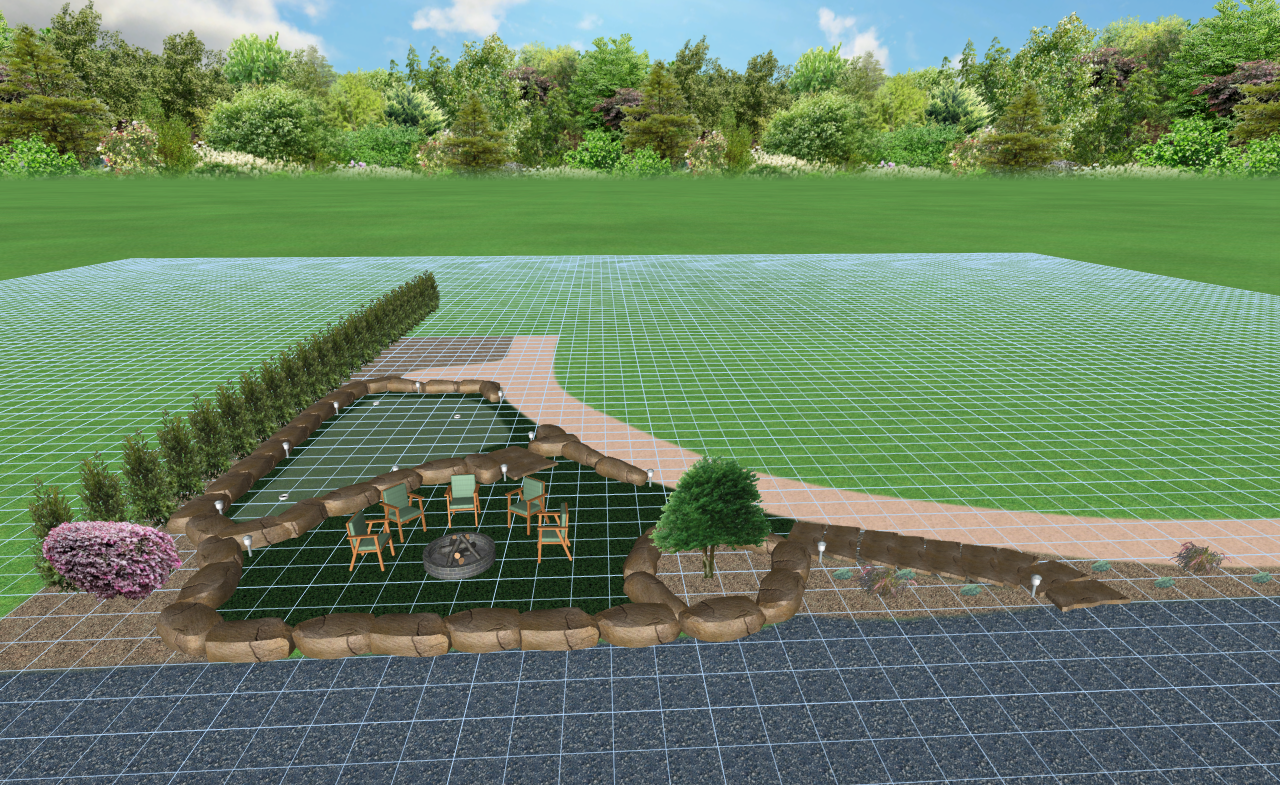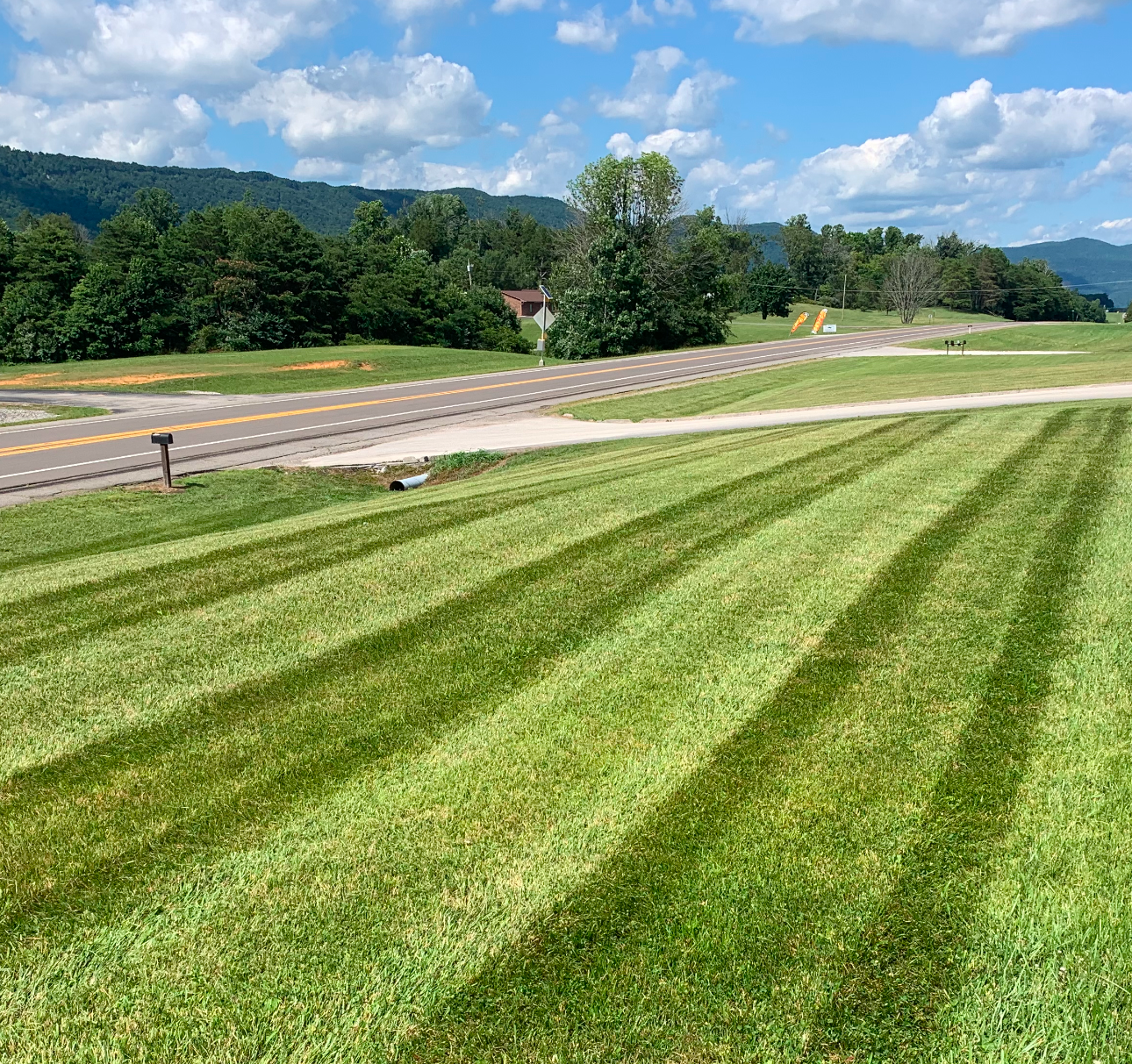
The Ultimate Guide to Landscape Design: Answering Your Biggest Questions
When it comes to landscape design, homeowners, business owners, and property managers all have one thing in common—they want their outdoor spaces to be both beautiful and functional. However, figuring out the best approach to landscaping can be overwhelming. That’s why we’re taking a They Ask, You Answer approach to this topic, tackling the most common questions to help you make informed decisions about your landscaping needs.
What Is Landscape Design?
Landscape design is the process of planning, creating, and maintaining outdoor spaces that are both aesthetically pleasing and practical. It involves selecting plants, hardscapes (such as patios, pathways, and walls), lighting, irrigation, and other elements to enhance the visual appeal and usability of a space. A well-executed landscape design can increase property value, improve curb appeal, and create enjoyable outdoor living areas.
How Do I Start Planning My Landscape Design?
Many homeowners don’t know where to begin when planning a landscaping project. Here’s a step-by-step guide:
- Assess Your Space – Take note of your yard’s existing features, including size, sun exposure, and any problem areas.
- Define Your Goals – Are you looking for a space to entertain guests? A peaceful garden retreat? A low-maintenance yard? Define your primary objectives.
- Create a Budget – Landscaping can range from simple garden beds to extensive outdoor renovations. Setting a realistic budget helps narrow down your choices.
- Choose a Style – Modern, traditional, natural, xeriscape—the options are endless. Look at inspiration online to see what fits your aesthetic.
- Work with a Professional – While DIY landscaping is possible, professionals bring expertise that can save you time and money in the long run.
What Are the Key Elements of Good Landscape Design?
Effective landscape design consists of several fundamental elements:
- Balance: Achieving symmetry or asymmetry in an intentional way to create a visually harmonious space.
- Color: Selecting the right plant and hardscape colors to complement your home’s architecture and style.
- Line and Flow: Using curved paths, borders, and placement of plants to guide the eye through the space.
- Focal Points: Designating one or more standout features, such as a water feature, sculpture, or a statement plant, to anchor your landscape.
- Functionality: Ensuring that the space meets the practical needs of the homeowner, whether it’s providing shade, privacy, or an entertainment area.
What Are the Best Plants for My Climate?
One of the most common concerns in landscape design is choosing plants that will thrive in your climate. The best way to determine this is by looking up your local plant hardiness zone (if you’re in the U.S., you can use the USDA zone map). Here are a few general recommendations:
- Cold Climates (Zones 3-6): Evergreens, hostas, daylilies, lilacs, and sedum.
- Temperate Climates (Zones 7-9): Azaleas, camellias, hydrangeas, crepe myrtles, and ornamental grasses.
- Hot/Dry Climates (Zones 10-12): Succulents, agave, lavender, rosemary, and drought-tolerant grasses.
Choosing native plants is often the best option since they require less maintenance and are naturally suited to the environment.
How Can I Make My Landscape Low Maintenance?
Many homeowners want beautiful landscaping without the constant upkeep. Here are some tips to create a low-maintenance landscape:
- Choose Perennials: These plants return year after year, reducing the need for replanting.
- Install Automatic Irrigation: A drip system or sprinkler system saves time and water.
- Use Mulch: Mulch not only improves soil health but also reduces weeds and retains moisture.
- Opt for Hardscaping: Patios, rock gardens, and decorative gravel reduce the amount of lawn that needs mowing.
- Select Drought-Resistant Plants: Native plants and succulents require less watering and care.
What Landscaping Mistakes Should I Avoid?
Avoiding common landscaping mistakes can save you frustration and money. Here are some pitfalls to steer clear of:
- Overplanting: Crowding too many plants together can stunt their growth and make the area difficult to maintain.
- Not Planning for Growth: Small shrubs and trees grow! Make sure there’s enough space for them to expand without overtaking pathways or blocking views.
- Poor Drainage: Water pooling around plants or near foundations can cause damage. Make sure your landscape allows for proper drainage.
- Random Design Choices: Having a cohesive theme helps tie all the elements of your landscape together for a unified look.
How Much Should I Budget for a Landscape Project?
The cost of a landscaping project varies widely based on the size, complexity, and materials used. On average:
- Basic DIY garden enhancements: $500 – $2,500
- Moderate landscaping projects: $5,000 – $15,000 (includes features like patios, flower beds, and small water elements)
- High-end professional landscaping: $20,000 – $50,000+ (large-scale design with outdoor kitchens, pools, stone pathways, and high-end plants)
Investing in high-quality materials and professional installation often pays off by increasing property value and reducing maintenance costs.
Should I Hire a Landscape Designer or Do It Myself?
It depends on the scope of your project. Here’s a quick comparison:
- DIY Landscaping
- Best for small gardens, flower beds, and simple patio setups.
- Requires research and time investment.
- Can save money but may take longer to complete.
- Hiring a Landscape Designer
- Ideal for complex projects that include structural elements like decks, retaining walls, and water features.
- A professional ensures proper plant placement, drainage, and aesthetic cohesion.
- Saves time and can prevent costly mistakes.
How Can I Make My Landscape Eco-Friendly?
Sustainable landscaping is gaining popularity. Here’s how you can make your outdoor space environmentally friendly:
- Use Native Plants: They require less water and are adapted to your region’s climate.
- Install a Rain Garden: Captures rainwater runoff and helps with water conservation.
- Reduce Lawn Size: Lawns require excessive water and maintenance—swap portions out for native plants or gravel paths.
- Compost: Using organic mulch and compost improves soil quality and reduces waste.
Conclusion: Designing Your Dream Landscape
Great landscape design is more than just aesthetics—it’s about creating an outdoor environment that enhances your lifestyle while remaining functional and sustainable. By addressing the most common landscaping questions, we hope this guide has provided clarity and inspiration to help you move forward with your landscaping goals.
Whether you decide to take the DIY route or hire a professional, thoughtful planning will ensure your outdoor space becomes a place of beauty and relaxation for years to come. Have more landscaping questions? Let us know—we’re here to help!

